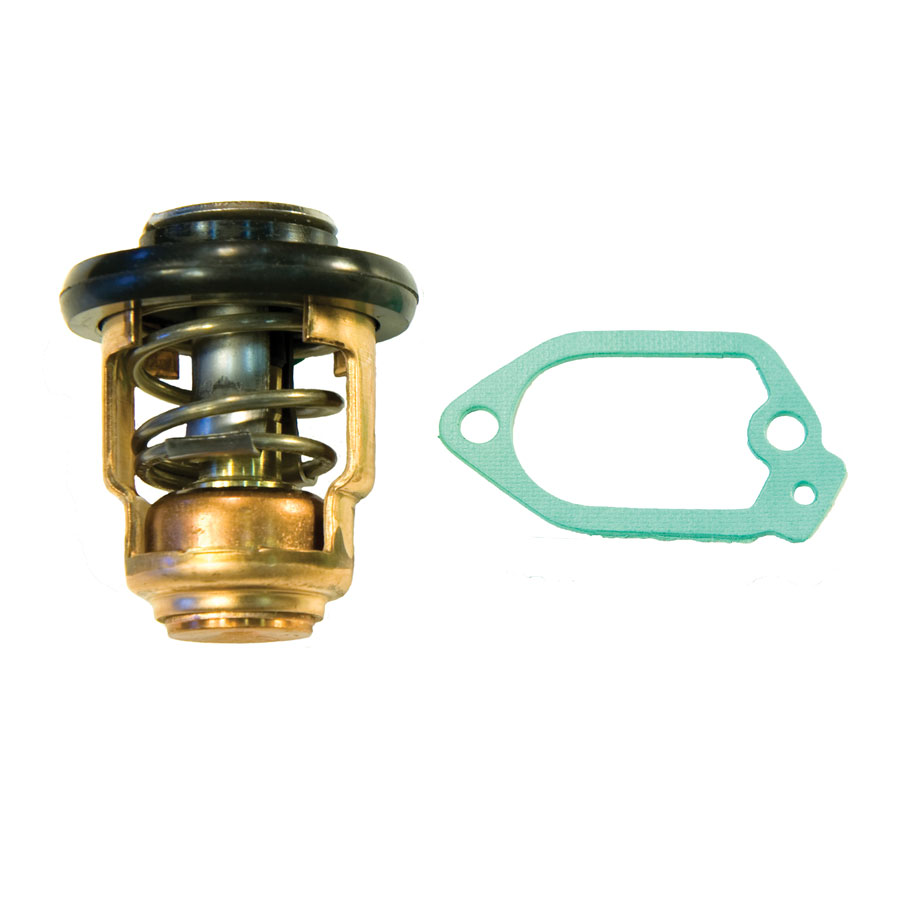Accurate, consistent condition reporting is essential in firearm appraisals, sales, auctions, insurance, and collecting. Buyers and sellers rely on clear, repeatable language to set expectations, determine value, and assess safety. This article presents a concise, industry-style condition-rating system for firearms covering the full useful spectrum from 100% (mint/new) down to 30% (non-functional/relic), explains how to apply it, and offers practical examples and best practices for evaluators.
One of the cornerstones of firearm valuation is a standardized, transparent condition‐rating system. FirearmsGuide.com publishes firearm values in its database using a 100 % down to 30 % condition scale for both modern and antique guns. When preparing condition reports or submitting articles for FirearmsGuide, it is essential to adopt language consistent with that framework.
Below is a refined condition rating guide—built on standard industry practices and adapted to fit FirearmsGuide’s published model.
Why a standardized condition scale matters
-
Clarity & trust: Standard terms reduce disputes and misunderstandings between buyers, sellers, and insurers.
-
Valuation consistency: Condition directly affects market value; consistent criteria yield reproducible appraisals.
-
Safety & usability: Clear condition notes help identify firearms that need maintenance or are unsafe to fire.
-
Collectors & historians: Accurate description preserves provenance and assists conservation decisions.
How to use this rating system (methodology)
When assessing a firearm, systematically inspect and record the following attributes, then combine them into a single overall percentage rating:
-
Finish & exterior condition — bluing/coat wear, scratches, dents, rust, loss of finish.
-
Bore & barrel — brightness, rifling sharpness, corrosion or pitting.
-
Mechanical condition — action smoothness, locks, safeties, bolt/slide function, trigger integrity.
-
Parts & completeness — presence of original or correct parts, accessories, sight condition.
-
Provenance & documentation — original box, manuals, receipts, and service records (affect value but not mechanical condition).
-
Safety check — ensure the assessment includes any safety concerns (cracks, excessive headspace, severe pitting). If unsafe, note explicitly and give the firearm a lower rating.
Record photographic evidence (high-resolution images of serial, bore, action, and notable defects) and include brief notes for any deviations from typical condition for the percentage assigned.
Condition Ratings (100% → 30%)
100% — New / Mint
-
Description: Factory-new, unfired or functionally indistinguishable from new. No handling marks, damage, or modifications.
-
Finish: No wear.
-
Bore: Bright, sharp rifling.
-
Mechanics: Perfect operation.
-
Includes: Original packaging, manuals, and accessories (if applicable).
90% — Very Good
80% — Good
70% — Fair
-
Description: Heavy cosmetic wear — notable finish loss, scratches, dings.
-
Finish: 70–79%.
-
Bore: Worn; may show minor pitting. Functioning but may need work or service.
60% — Poor / Working Condition
-
Description: Very heavy wear. Rust, pitting, deep scratches likely.
-
Finish: ~60–69% or less.
-
Bore: Possibly pitted or frosted.
-
Mechanics: Operable but possibly unreliable; servicing recommended.
50% — Parts Grade / Heavily Worn
-
Description: Severe wear or damage. Finish largely gone. May be missing parts or have non-functioning mechanisms.
-
Use: Parts, restoration project. Likely not safe to fire without overhaul.
30% — Non-Functional / Relic
-
Description: Major mechanical failure, missing critical components, or extensive corrosion/pitting. Finish essentially gone.
-
Bore & Mechanics: Not operational; unsafe to fire.
-
Use: Display, historical relic, or full restoration; explicitly flagged as unsafe to fire.
Example assessments
-
Modern semi-auto with light holster wear, full-functioning, clean bore, original box: 95% (Excellent)
-
1950s hunting rifle with faded bluing, minor surface rust on stock metal but good rifling: 80% (Good)
-
Military surplus rifle with heavy pitting in barrel and seized bolt, action questionable: 50% (Parts Grade)
-
Antique musket with missing lock and severe corrosion along barrel; display only: 30% (Non-Functional/Relic)
Reporting format (recommended)
For consistency, use this short template when creating condition reports:
-
Make/Model / Serial (if required):
-
Overall Condition Rating: XX% — [Term, e.g., Very Good]
-
Finish: brief note (% est. remaining)
-
Bore: brief note (bright/worn/pitted)
-
Mechanics: brief note (operational/needs service/unsafe)
-
Parts/Completeness: list missing or replaced items
-
Photos: list which views attached
-
Notes & Recommendations: safety advisories, restoration suggestions, provenance
Example entry:
-
Winchester Model 70 / SN XXXXX
-
Overall Condition: 80% — Good
-
Finish: 85% (light wear on fore-end and checkering)
-
Bore: bright, rifling sharp
-
Mechanics: smooth bolt, safe to fire after standard cleaning
-
Parts: original stock present; sling swivel removed
-
Photos: action, bore, close-up of stock, serial
-
Notes: No immediate safety concerns; recommend professional cleaning and headspace check after prolonged storage.
Best practices & ethics
-
Be objective: Use measurable observations (percent finish remaining, visible pitting depth) rather than emotive language.
-
Document everything: Photos and notes protect both inspector and client.
-
Disclose safety issues: If a firearm is unsafe to fire, mark it explicitly and recommend inspection/repairs.
-
Stay consistent: Apply the same criteria across comparable firearms. When in doubt, err on the conservative side.
-
Know legal limits: Follow applicable laws on inspections and transfers in your jurisdiction; do not assist with illegal activities.
Conclusion
A standardized condition rating scale from 100% to 30% gives buyers, sellers, insurers, and collectors a clear, repeatable framework for describing firearms. Use the inspection checklist and the reporting template above for consistent, defensible condition reports. Clear photos, objective notes, and honest safety disclosures protect value and prevent unsafe use.
Read the full article here








Leave a Reply